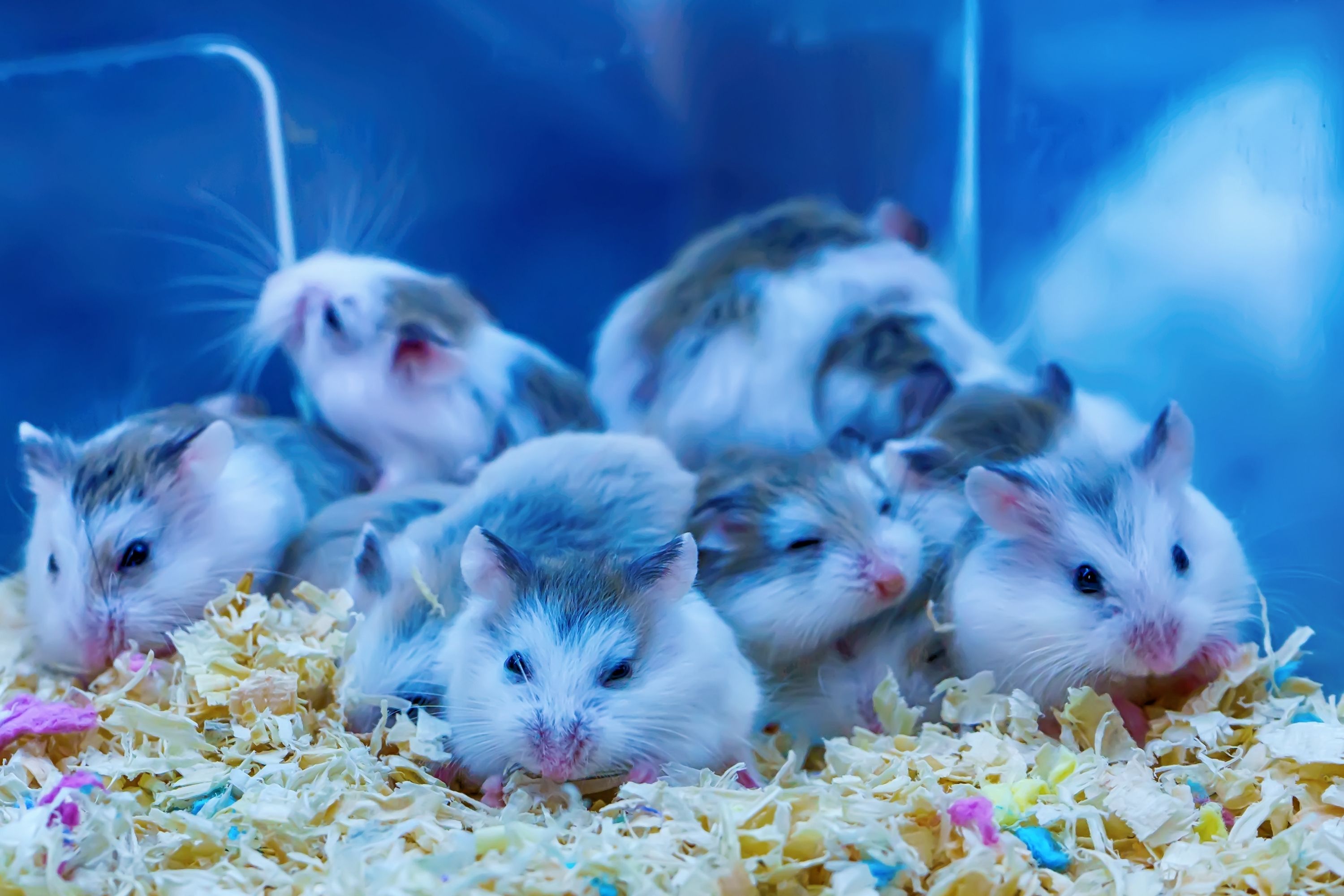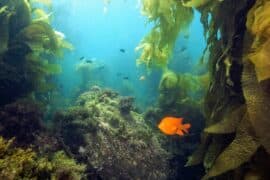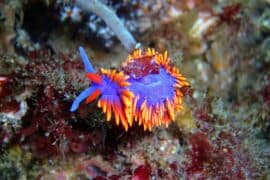fat-tailed gerbil
(Pachyuromys duprasi)

Description
The fat-tailed gerbil (Pachyuromys duprasi), also called the duprasi gerbil or doop, is a rodent belonging to subfamily Gerbillinae. It is the only member of the genus Pachyuromys. These rodents are the most docile species of the gerbil subfamily. They have fluffy and soft fur. Fat-tailed gerbils have been available on the pet market for decades, but in the 21st century breeders can be hard to find. They are sometimes considered as pocket pets. Other common English names are: fat-tailed jird, fat-tailed rat, and beer mat gerbil. Names in other languages are: abu lya in Egyptian Arabic, and adhal alyan in Standard Arabic, souris à grosse queue (French), Fettschwanzrennmaus (German), fedthale mus (Danish), rasvahäntägerbiili (Finnish), and dikstaartgerbil (Dutch). The fat-tailed gerbil is a medium-sized gerbil. Its body length is about 10 cm (4"), with a tail length of about 5 cm (2"). This gerbil has a thick, soft, fluffy coat. The hair at the back and the head is yellow-coloured, with a dark grey basis and a small black tip. The belly is clear white. Fat-tailed gerbils weigh between 40 to 120 grams. Their body is round and somewhat flattened. They have no clear neck and a very sharp face, with large oval-shaped black eyes. The ears of this species are low positioned, which gives this species a fox-like head. The legs are comparatively short for a gerbil. They look similar to a dwarf hamster, but unlike a hamster they have a pointed snout and a fat, almost bald, club-shaped tail from which they get their common name of 'fat-tailed gerbil'. The fat-tailed gerbil stores fat in its tail, in the same way that the camel stores fat in its hump. Therefore, a healthy fat-tailed gerbil should have a nicely rounded tail. It is this tail which makes them easy to distinguish from all other gerbil species. The French zoologist Fernand Lataste discovered Pachyuromys duprasi in 1880 in Laghouat, Algeria. He was the first to describe the animal in detail in Le Naturaliste. Fat-tailed gerbils are originally found in the Northern Sahara (North-western Egypt, Libya, Tunisia, and Algeria). There they live in sparsely vegetated sand sheets or rocky deserts. In the wild, fat-tailed gerbils live in simple burrows about one meter deep, in hard sandy soil. They may also occupy other species' burrows. Fat-tailed gerbils are, as their pointed snout would suggest, mostly insectivorous in the wild, but will eat also a variety of plants.
Taxonomic tree:







